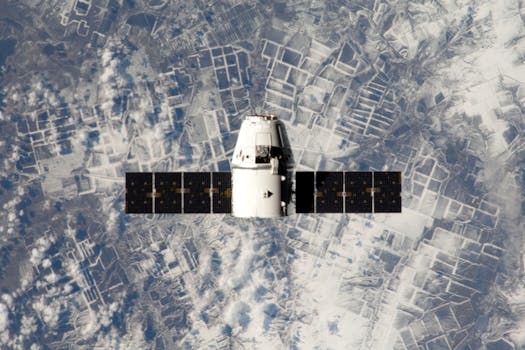The Future of Satellites: Revolutionizing Global Connectivity

The Future of Satellites: Revolutionizing Global Connectivity
The future of satellites is poised to revolutionize global connectivity, enabling faster and more reliable communication, navigation, and remote sensing. With advancements in space technology, satellites are becoming increasingly important for various industries and applications. The launch of new satellite constellations, such as OneWeb and Starlink, is expected to provide high-speed internet access to remote and underserved areas, bridging the digital divide and enabling global connectivity.
Introduction to Satellites
Satellites have been in use for several decades, providing a range of services, including communication, navigation, weather forecasting, and remote sensing. Traditional satellites are typically large and complex, requiring significant resources and investment to launch and maintain. However, with the advent of new technologies, such as small satellites and satellite constellations, the cost and complexity of satellite development and launch are decreasing, making them more accessible to a wider range of industries and applications.
Advancements in Satellite Technology
Recent advancements in satellite technology have enabled the development of smaller, more efficient, and cost-effective satellites. These advancements include the use of commercial off-the-shelf components, advanced propulsion systems, and new materials and manufacturing techniques. Additionally, the development of satellite constellations, which involve launching multiple satellites into orbit, has enabled the provision of global coverage and continuous connectivity.
The use of satellites is also becoming increasingly important for various industries, including telecommunications, navigation, and remote sensing. Satellites provide a range of services, including voice and data communication, navigation, and earth observation, which are essential for various applications, such as maritime, aviation, and weather forecasting. Furthermore, satellites are also being used for scientific research, such as studying the Earth’s climate, monitoring natural disasters, and exploring the universe.
Applications of Satellites
Satellites have a wide range of applications, including communication, navigation, remote sensing, and scientific research. In the telecommunications industry, satellites are used to provide voice and data communication services, including mobile phone networks, broadband internet, and television broadcasting. In the navigation industry, satellites are used to provide location information and timing signals, which are essential for applications, such as aviation, maritime, and transportation.
In the remote sensing industry, satellites are used to collect data about the Earth’s surface, including images, temperature, and humidity. This data is used for various applications, such as weather forecasting, crop monitoring, and disaster response. Additionally, satellites are also being used for scientific research, such as studying the Earth’s climate, monitoring natural disasters, and exploring the universe.
Conclusion
In conclusion, the future of satellites is poised to revolutionize global connectivity, enabling faster and more reliable communication, navigation, and remote sensing. With advancements in space technology, satellites are becoming increasingly important for various industries and applications. The launch of new satellite constellations, such as OneWeb and Starlink, is expected to provide high-speed internet access to remote and underserved areas, bridging the digital divide and enabling global connectivity.



